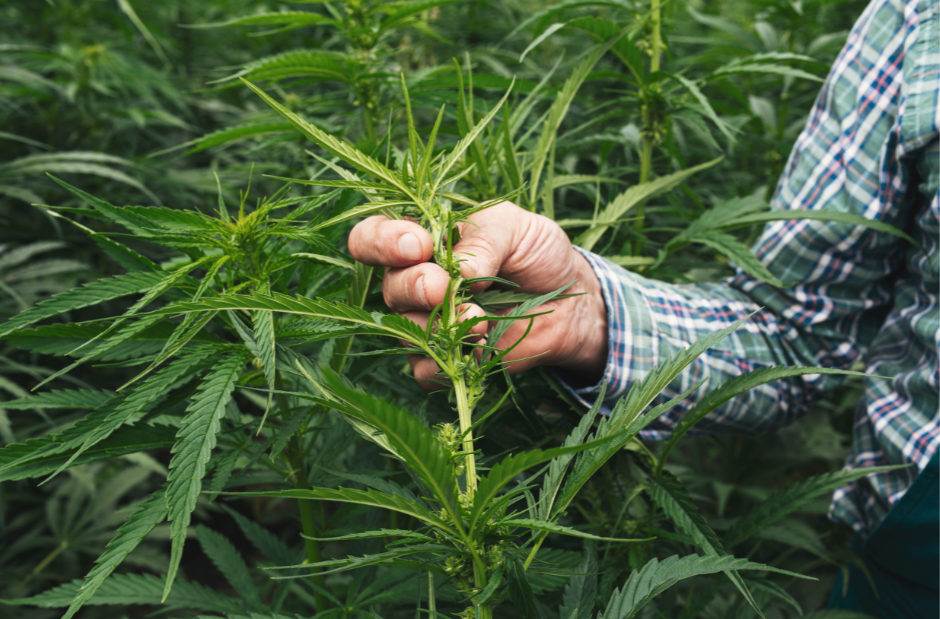Over the past decade, climate change and sustainable farming practices have been at the forefront of global discussions. While some focus on developing renewable energy sources, others prioritize water conservation. In reality, there are countless methods to make a positive impact on the environment for future generations. One such powerful method is the cultivation of hemp.
Hemp is an incredibly versatile plant, valued for a wide range of applications. The surge of biomass in the market has fueled cannabinoid research within the medical community. Hemp seeds offer a rich source of protein and fiber, benefiting both humans and certain animals. Additionally, traditional paper products can now be sustainably produced using hemp fibers. In fact, even construction materials, like hemp-based building blocks, are becoming a reality.
Given its versatility, how does hemp contribute to improving farming practices and restoring soil health?
It All Starts at the Roots
In the 1930s, the United States faced an environmental disaster known as the Dust Bowl. Due to a combination of poor agricultural practices and severe drought, the nation’s farmland suffered significant soil erosion. As highlighted by the Library of Congress, “The farmers plowed the prairie grasses and planted dry land wheat. As the demand for wheat products grew, cattle grazing was reduced, and millions more acres were plowed and planted.”
This widespread removal of natural prairie grasses left the soil exposed and susceptible to harsh weather conditions, particularly the strong winds common in states like Kansas and Oklahoma. The result was a devastating series of events that would become immortalized in American art and literature.
When native vegetation is stripped away, the soil loses its natural protection. However, through sustainable agricultural practices, native plants or those with deep root systems, such as hemp, can help fortify the soil and reduce the risk of erosion.

How Hemp Can Repair Soil
In addition to stabilizing soil, hemp has the remarkable ability to rehabilitate degraded land. The plant achieves this by absorbing heavy metals, pesticides, and various contaminants from the environment. These harmful substances remain stored within the plant until it is harvested, aiding in soil detoxification.
A 2020 study featured in GCB Bioenergy highlights this capability: “Extensive research has demonstrated that hemp can effectively perform phytoextraction of heavy metals and radionuclides, dispersing these contaminants throughout the plant in varying concentrations.”
Current Research
Recent studies have been delving into the potential of hemp for soil remediation, assessing its effectiveness in this field. A notable 2022 study conducted by the USDA-ARS-Western Regional Research Center in California revealed that industrial hemp could be instrumental in extracting heavy metals from contaminated soil. The findings highlighted that “Hemp has deep roots and is tolerant to the accumulation of different metals. In addition, the crop biomass has many potential commercial uses after harvesting is completed.”
Over the past decade, research into using hemp for soil repair and conservation has gained momentum, driven by increased legalization and the resulting abundance of biomass. The greater availability of seeds and seedlings has further expanded the scope for experimentation and advancements in this area.
The Bottom Line
Hemp is an incredibly versatile plant with significant potential to support various environmental efforts, particularly in soil restoration and preservation. Recent studies have unveiled new opportunities for its application.
Current findings highlight that hemp can absorb toxic chemicals from the soil and act as a natural barrier against erosion. However, the question that remains is what to do with the harvested hemp. While there are several pathways to explore, choosing the optimal approach is key. One thing is clear—this is just the beginning of hemp’s evolving story.
